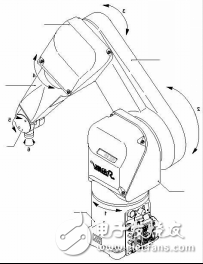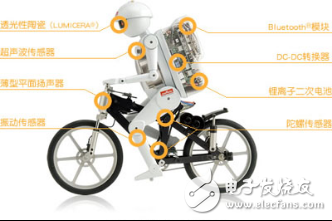The Spring Festival Gala has always been a cherished tradition for many, filled with laughter, music, and unforgettable performances. However, in recent years, the event has also become a stage where cutting-edge technology takes center stage. From dazzling drone displays to the lively "Square Dance Robot Aunt" that jumps and moves with precision, the gala now reflects the spirit of the new era, blending culture with innovation.
But is the robot truly autonomous? Actually, it's a bit of a misconception. The robot’s movements are ultimately controlled by human operators who program and guide its actions. While it may appear intelligent or even lifelike, it’s the result of careful engineering and programming rather than true artificial intelligence.
Speaking of robots, we can’t help but think of Yale University in the United States. Researchers there once developed a computer system capable of generating its own speech and simulating thought processes. This was an early step toward understanding how humans think and behave, and then replicating those behaviors artificially. By combining psychology and information theory, scientists have made remarkable progress in creating machines that mimic human-like responses.
The "Square Dance Robot Aunt" that appeared after the Spring Festival Gala is based on similar principles. It’s not just a mechanical machine—it’s a sophisticated blend of hardware and software designed to perform complex movements. But how exactly does this intelligent "Aunt" work?
Composition of the Robot
A robot typically consists of three main components: the mechanical part, the sensing part, and the control part. Each of these plays a crucial role in enabling the robot to function effectively and interact with its environment.
Mechanical Part
The mechanical structure of a robot includes the body, arms, and end effector. Each of these parts has multiple degrees of freedom, allowing the robot to move in complex ways. Depending on the design, robots can be categorized into different types, such as Cartesian coordinate robots, cylindrical coordinate robots, polar coordinate robots, articulated robots, SCARA robots, and mobile robots. These variations allow robots to perform a wide range of tasks, from delicate assembly to large-scale movement.

Sensing Part
The sensing component of a robot includes both internal and external sensors. These sensors gather data about the robot’s internal state and the surrounding environment. Smart sensors enhance the robot’s ability to move, adapt, and make decisions. While the human sensory system is incredibly complex, certain types of data—like temperature, pressure, or motion—are often more accurately captured by sensors than by human perception alone.

SMD transformer Description: small size, high working frequency, high adhesion performance, small distribution inductance;It is mainly used for module power supply, laptop, mobile phone and ultra-thin electric appliance.
The transformer consists of an iron core (or magnetic core) and a coil. The coil has two or more windings, of which the winding connected to the power supply is called the primary winding and the rest is called the secondary winding.It can change ac voltage, current and impedance.The simplest core transformer consists of an iron core made of a soft magnetic material and two coils with different turns on the core.
SMD Transformer, Ee16 Transformer, Power Transformer, Electric Transformer
YANGZHOU POSITIONING TECH CO., LTD. , https://www.yzpst.com
![<?echo $_SERVER['SERVER_NAME'];?>](/template/twentyseventeen/skin/images/header.jpg)